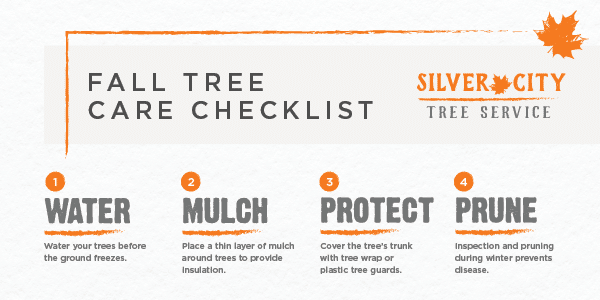When it comes to creating a landscape that grows, understanding the art of tree pruning is a must. Picture having the ability to form your trees with precision, ensuring their vigor and beauty for many years ahead. By finding out the essential strategies for correct cuts, timing, and architectural training, you hold the secret to a flourishing outdoor space that will certainly thrill all that experience it. Yet exactly how do these trimming methods truly affect the health of your trees and the general landscape visual?
Appropriate Pruning Cuts for Tree Wellness
When it involves preserving the wellness of your trees, making proper pruning cuts is vital. Incorrect cuts can result in illness, insect problem, and overall tree decrease. To guarantee the vitality of your trees, always begin by using sharp, clean tools to make exact cuts.
Begin by identifying the branch collar, an inflamed area where the branch attaches to the trunk. Cutting just outside the collar helps advertise proper healing and reduces the danger of infection. Avoid leaving stubs as they can invite pests and illness right into the tree.
Keep in mind to make cuts at a minor angle, sloping away from the trunk, to avoid water from merging on the wound. In addition, remove any kind of dead, harmed, or crossing branches to boost air flow and sunlight penetration.
Timing and Regularity of Trimming
To keep the health and structure of your trees, comprehending the optimum timing and frequency of pruning is crucial.
The best time to prune trees is commonly throughout the dormant season in late winter or early spring. Pruning during this period helps advertise brand-new development once the tree begins budding in the spring.
Nevertheless, some trees, like spring-flowering ones, are best trimmed right after they end up flowering to avoid cutting off next year's blossom buds.
Routine pruning is necessary, however the frequency relies on the tree species and its growth price. For a lot of trees, a yearly inspection to eliminate dead, diseased, or going across branches is recommended. Youthful trees may need more regular trimming to establish a strong framework, while fully grown trees might only need maintenance trimming every couple of years.
Stay clear of trimming during the loss when diseases are more conveniently spread, and avoid hefty pruning during the summer season when the tree is proactively expanding.
Educating Young Trees for Structure
For establishing strong and healthy and balanced trees, training young trees for optimal structure is necessary. By shaping a tree when it's young, you set the foundation for a tough and aesthetically appealing mature tree.
Begin by recognizing the main leader, which is the main upward-growing branch. Motivate the main leader's development by pruning away competing leaders, helping the tree develop a strong central trunk. In addition, eliminate any type of branches that expand inward or downward, as they can create structural concerns as the tree grows.
It is necessary to room out lateral branches equally around the trunk to promote balanced growth. As the tree develops, continue to check its development and prune as required to maintain its form and framework.
Properly trained plant maintenance are less most likely to establish weak crotches or jammed branches, reducing the threat of damage throughout tornados. Investing time in training young trees will certainly settle with a perfectly structured and resistant tree in the future.
Verdict
Since you have grasped the vital methods of tree pruning, your landscape is on its means to prospering. By using sharp devices, making exact cuts, and effectively timing your trimming sessions, you are making certain the health and wellness and long life of your trees. Keep in mind to on a regular basis evaluate and maintain your trees to maintain them thriving. With hedge lined driveway , your landscape will certainly remain to expand beautifully for several years to find. Keep up the magnum opus!
